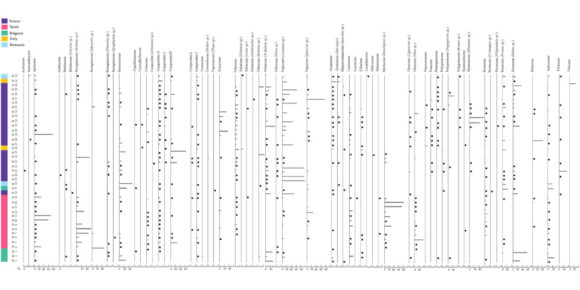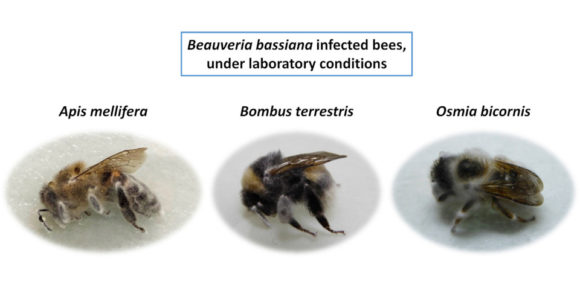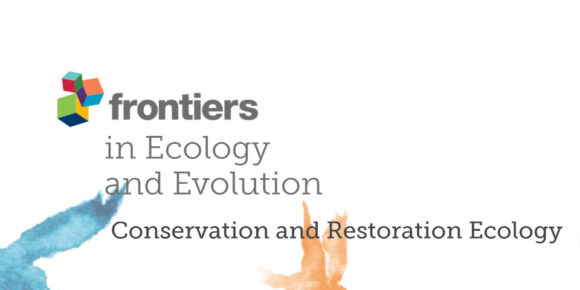Semi-natural habitats promote winter survival of wild-living honeybees in an agricultural landscape
Abstract The diversity of endemic honeybee subspecies and ecotypes is at risk in Europe because modern apiculture promotes only a small number of honeybee strains. A crucial step for the conservation of honeybee diversity is the assessment of the status of remaining wild populations and their limiting factors. Here we present a two-year census of native, wild-living honeybees inhabiting power poles…















